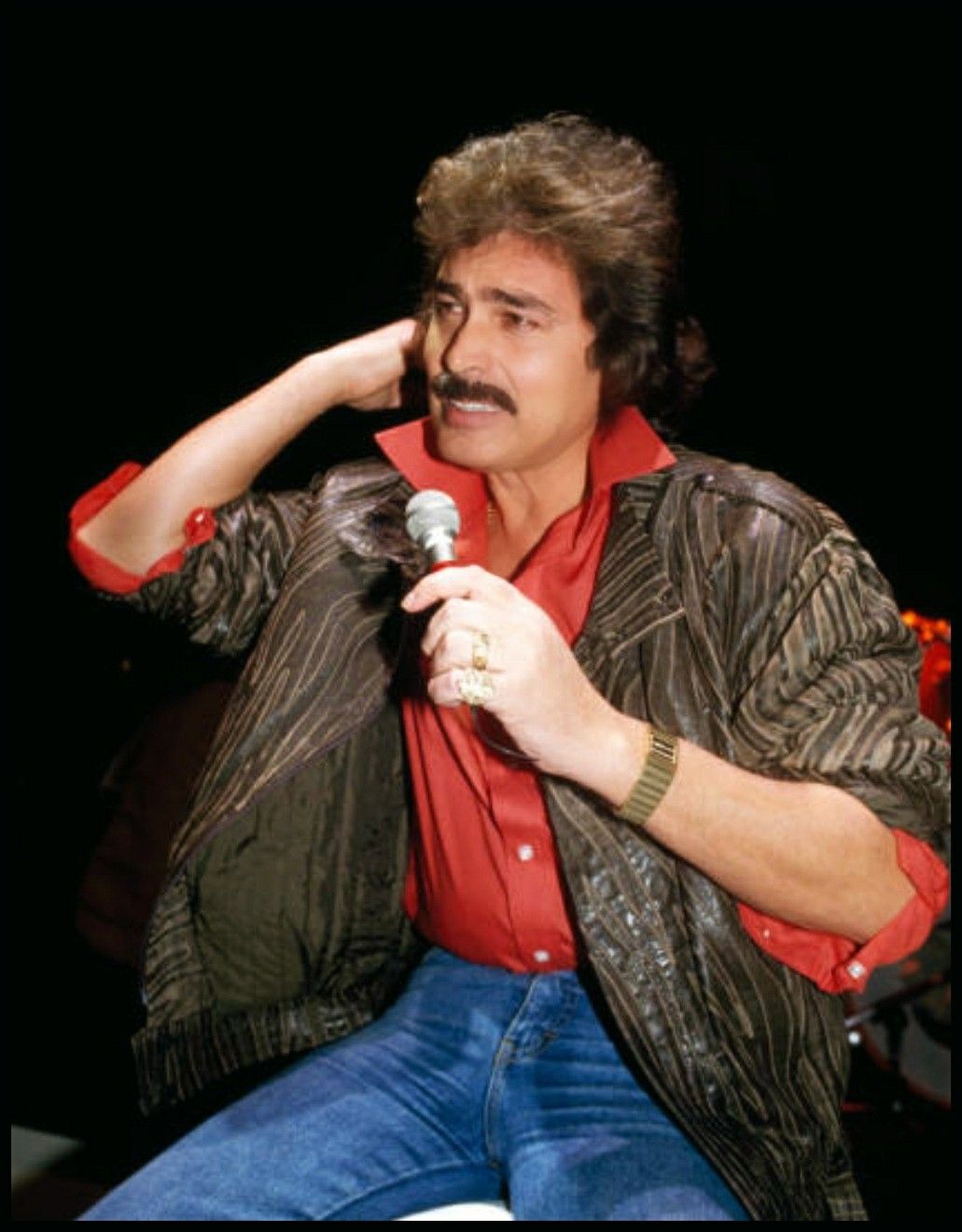Song Information
“The Last Waltz” is one of Engelbert Humperdinck’s most iconic ballads, written by Barry Mason (lyrics) and Les Reed (music). It was released in August 1967 as a single under Decca Records and featured on the album The Last Waltz. The song quickly rose to fame, becoming a number one hit on the UK Singles Chart, where it stayed for five weeks. In Australia, it was also a chart-topping success, and in the United States, it reached the Top 30 on the Billboard Hot 100.
This track helped solidify Engelbert’s global reputation as a romantic crooner and became a staple in his live performances for decades. With lush orchestration and a sweeping vocal delivery, “The Last Waltz” remains a classic in the easy-listening and romantic pop genres of the 1960s.
Song Meaning
At its heart, “The Last Waltz” is a bittersweet tale of love and loss, told through the lens of a slow, romantic dance. The narrator recalls the final dance he shared with a woman who would change his life — only to reveal that it was both the beginning and the end. The “last waltz” becomes a metaphor for a fleeting romance that began with hope but ended in heartbreak.

The lyrics are filled with longing and contradiction. The joy of that first dance is forever tied to the sorrow of its finality:
“I had the last waltz with you, two lonely people together.”
This poignant line expresses the moment they came together, only to drift apart again. The soft melody, combined with Humperdinck’s emotive voice, amplifies the emotional weight of the lyrics.
Unlike many love songs that focus solely on heartbreak or passion, “The Last Waltz” masterfully blends both — it is a memory of something beautiful that ended too soon. It resonates deeply with listeners who have experienced a love that didn’t last but left a lasting imprint.
Explaining the Emotional Twist
What makes “The Last Waltz” so emotionally powerful is its unexpected twist. At first, the lyrics give the impression of a joyful, romantic memory: a first dance, a blossoming relationship. But then the story turns — that very same dance was also the last. The woman left, and the waltz that symbolized their beginning also marked their end.
This emotional contradiction — joy interwoven with sorrow — is what captures the hearts of listeners. The listener is drawn into the scene: the music, the moment, the closeness of the dance. Only later does the painful truth reveal itself. The narrator doesn’t lash out or beg for reconciliation; instead, he reflects on the moment with quiet sadness.
The “waltz” itself becomes a symbol of life’s fleeting nature — beautiful moments that pass before we can hold onto them. Engelbert’s delivery is soft yet filled with vulnerability, making the twist hit even harder. It’s not just a breakup song; it’s a meditation on impermanence.
That subtle shift from hope to heartbreak, delivered gently rather than dramatically, is what keeps “The Last Waltz” in the hearts of fans more than five decades later.